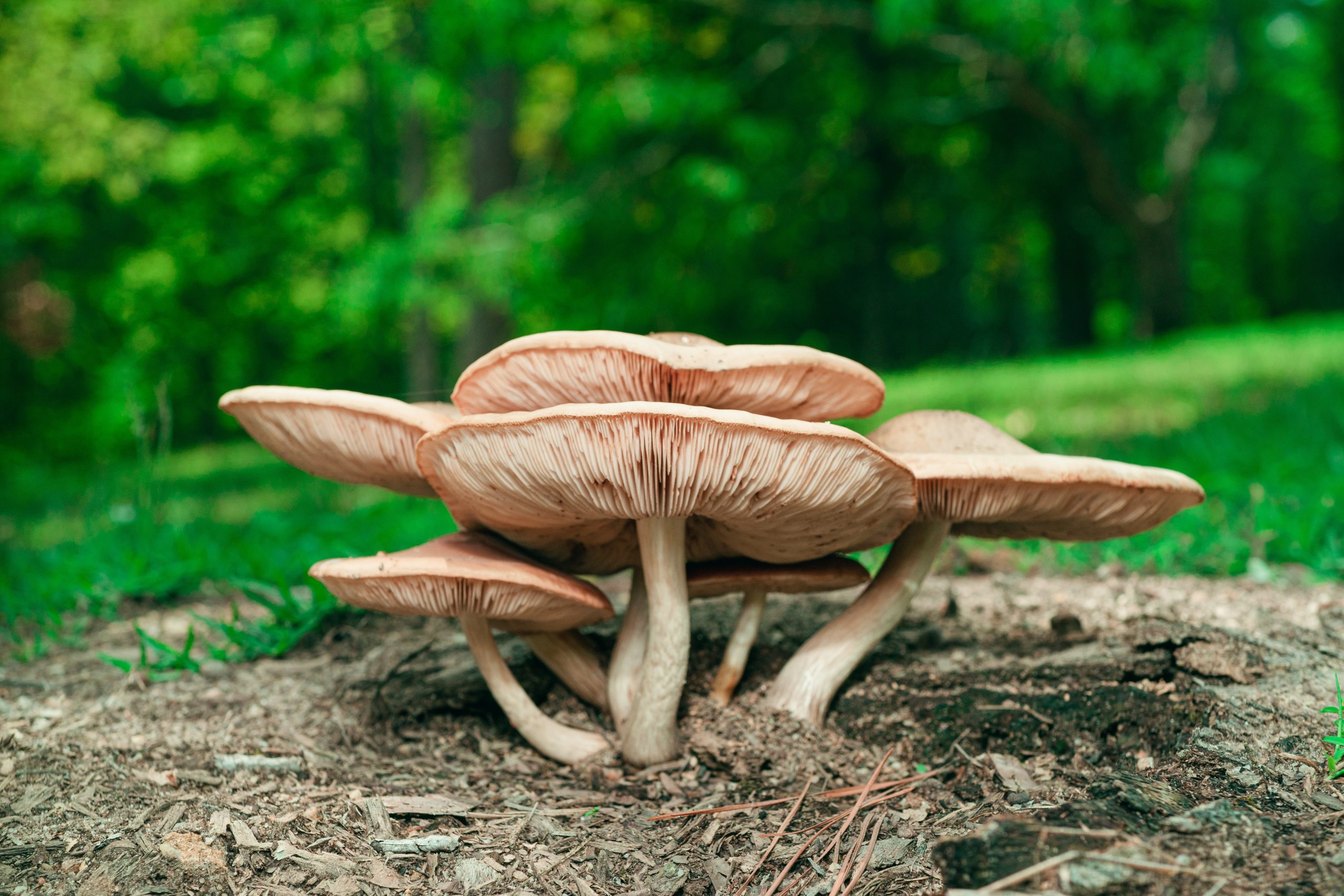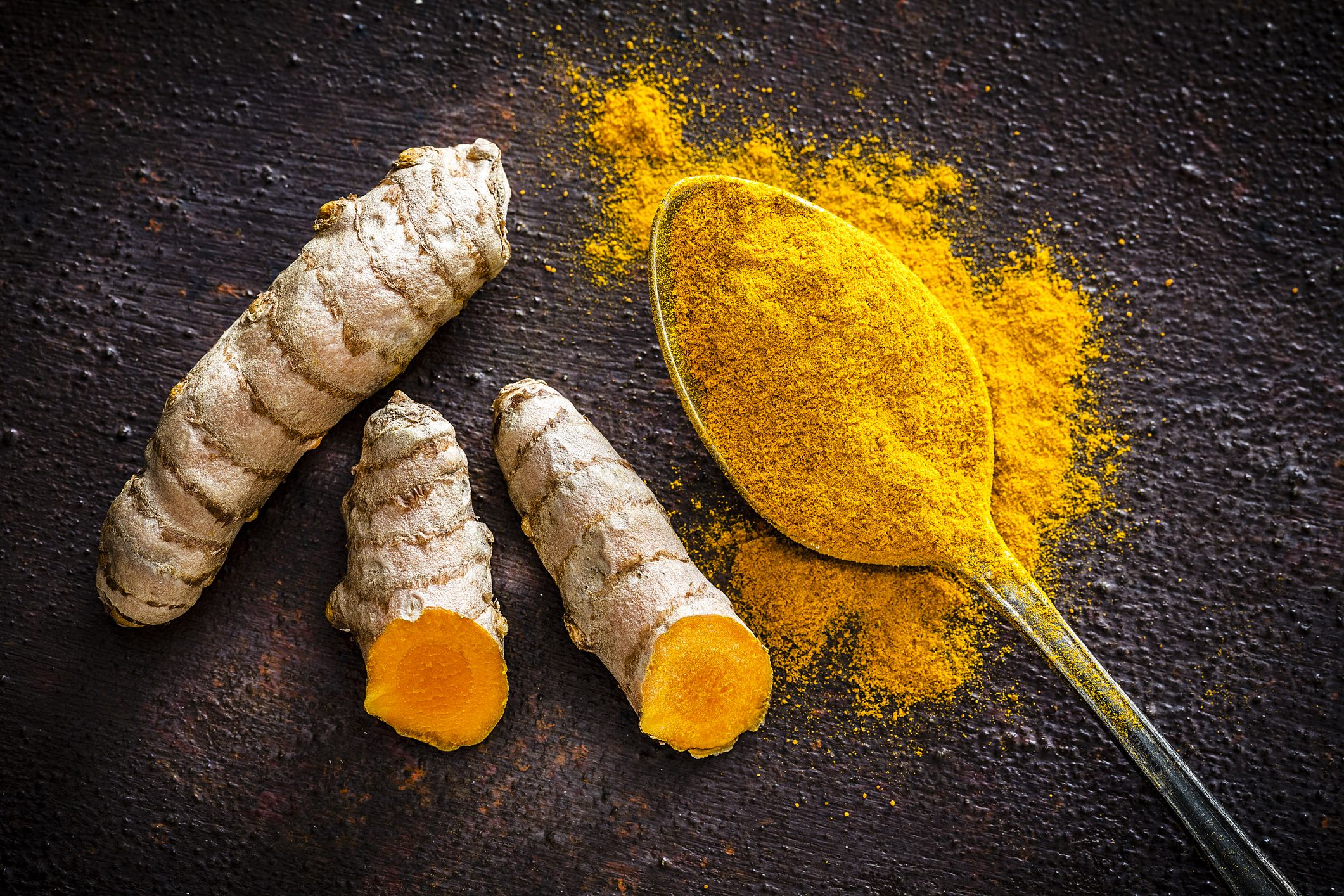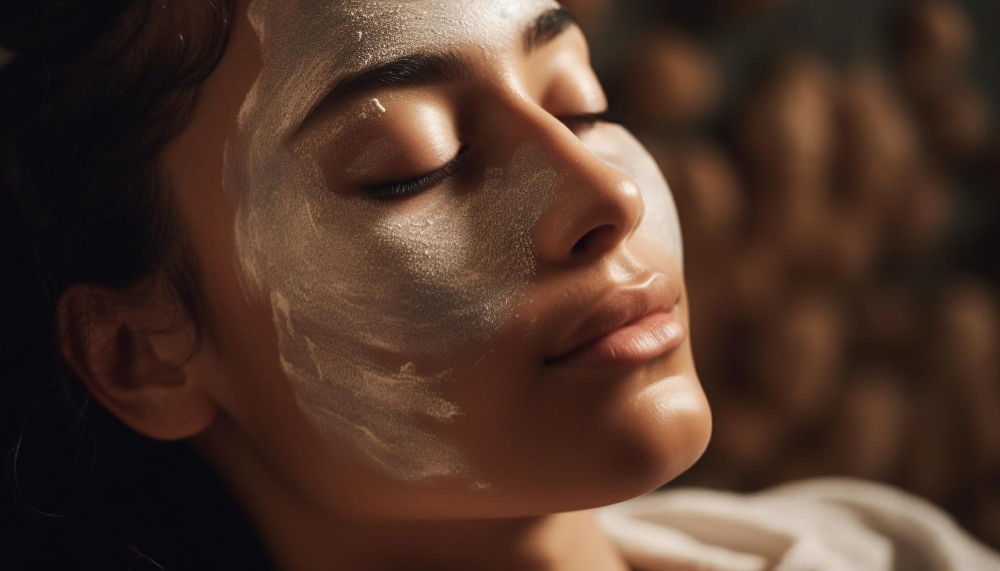The fashion industry has been under fire for its unsustainable practices and the animal cruelty involved in sourcing animal leather. Consumers are increasingly demanding more sustainable, eco-friendly alternatives to their favorite products, and the fashion industry is beginning to answer their calls. Enter mushroom leather – a revolutionary new material that could be the perfect solution for fashion lovers looking for an ethical, sustainable alternative to animal leather. In this blog post, we’ll take a look at how mushroom leather is produced, how it compares to traditional animal hide leathers, and why it could be the future of sustainable fashion.
How is Mushroom Leather Made?
Mushroom leather is made by growing mushrooms on a substrate of agricultural waste products. The mycelium, or body of the mushroom, is then harvested and formed into sheets.
This process is environmentally friendly because it requires no land, water, or feeding of animals. In addition, mushroom leather is biodegradable and compostable.
Mushroom leather has many of the same properties as animal leather. It is durable, flexible, and water resistant. Mushroom leather can be used to make a variety of products including shoes, bags, and clothing.
The Benefits of Mushroom Leather
Mushroom leather is an eco-friendly alternative to animal leather that is gentle on the environment and does not require the use of harsh chemicals or toxic tanning agents. This type of leather is made from the mycelium, or root system, of mushrooms and is a sustainable material that can be used to create a variety of products, including shoes, bags, and upholstery.
Mushroom leather is durable and has a similar appearance to traditional animal leather, making it an ideal material for a variety of applications. Additionally, mushroom leather is water-resistant and Breathable, making it an ideal choice for footwear and other items that come into contact with the skin.
Mushroom leather is also biodegradable, meaning it will break down over time when exposed to the elements. This makes it a more environmentally friendly option than animal leather, which can take centuries to decompose.
The Drawbacks of Mushroom Leather
-Mushroom leather is not as durable as animal leather.
-It is also more expensive.
-Mushroom leather does not have the same tensile strength as animal leather, so it is more susceptible to tearing.
-Mushroom leather also does not age well, and it can develop mold and mildew if it gets wet.
How to Care for Mushroom Leather
Mushroom leather is a new eco-friendly alternative to traditional animal leather. It is made from the mycelium of mushrooms and is completely biodegradable. Mushroom leather is stronger and more durable than animal leather, and it does not require any harsh chemicals or tanning processes. Here are some tips on how to care for your mushroom leather products:
- Store your mushroom leather products in a cool, dry place out of direct sunlight.
- Avoid getting your mushroom leather wet, as this can cause the material to degrade. If it gets wet, blot it dry with a soft cloth as soon as possible.
- Protect your mushroom leather from sharp objects and abrasive surfaces.
- If your mushroom leather product gets dirty, wipe it gently with a damp cloth and mild soap. Do not scrub or soak the material in water.
Where to Find Mushroom Leather Products
Mushroom leather products are widely available online, with many retailers now stocking a range of items made from this innovative new material. Here are some of our favourite places to buy mushroom leather products:
-Eco-Leather: This online store offers a great selection of mushroom leather bags, wallets and other accessories, all made from sustainable and environmentally friendly materials.
-The Nature Conservancy: The Nature Conservancy’s online store features a range of beautiful mushroom leather products, including journals, purses and phone cases. Proceeds from every purchase go towards supporting the important work of this conservation organisation.
-Mushroom Mountain: This specialist retailer stocks a wide range of mushroom leather goods, from apparel to homewares. They also offer workshops on how to make your own mushroom leather products!
Conclusion
In this article, we explored the new and innovative world of mushroom leather. The process is much more sustainable than traditional animal leather production and holds a wide range of potential applications for fashion, furniture, car interiors, and so much more. While still in its infancy, mushroom leather could very well be the next big thing in eco-friendly materials – something that will revolutionize the way we think about fashion and sustainability. We can’t wait to see what amazing things come out of this exciting new material!











